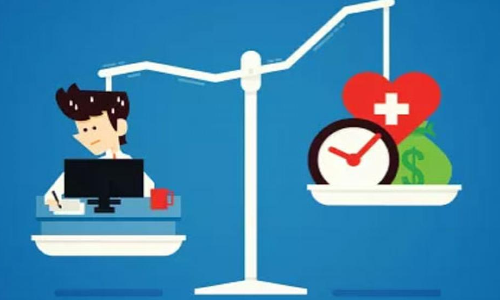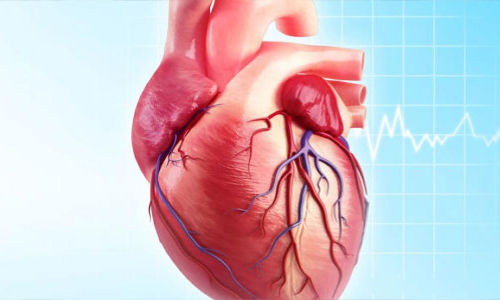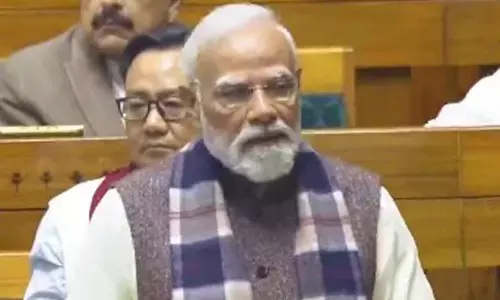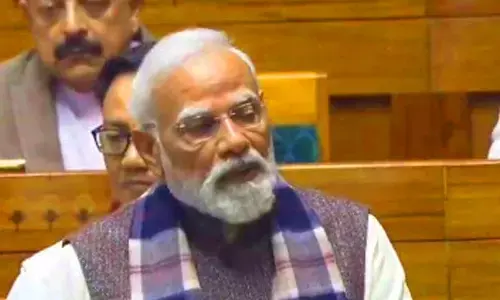Multifaceted approach boosts holistic career development

The Kothari Commission, a pivotal body in Indian education, emphasised that education should be powerful instrument of national development, promoting a social and national integration and fostering a common school system open to all under the lenses of inclusion in education. It means, quality education transforms lives and societies and addresses many equities and social issues. Education is associated with improved life outcomes, including income, health, and opportunity. Education can promote innovation, reduce socioeconomic inequalities, and strengthen institutions. UNESCO believes that, education is a human right for all throughout life and that everyone has the right to access quality education opportunities.
National Education Policy’s basic principle is also aligning with the same to develop good human beings capable of rational thought and action, possession compassion and empathy, courage and resilience, scientific temper, creative imagination with sound ethical values. It aims at producing engaged, productive and contributing citizens for building an equitable and inclusive society as envisaged by our constitution.
However, these dreams are realised once the quality efforts on education are strengthened in the country and it requires lot of reforms in terms of curriculum construction, teacher education and teacher professional development and bring out the children from learning crisis with a child friendly environment as guided by NEP to contribute to sustainable development goal-4. This goal is also mandated to ensure inclusive and equitable quality education and all girls and boys to complete free primary and secondary education by 2030 with equal access to affordable vocational training to eliminate gender and wealth disparities and to achieve universal access to a quality higher education.
It also estimates that, globally among 1 in 5 of them had dropped out and recent trends suggest that 2 in 5 of out of school children will never set foot in a class room. The dropout rate in India at secondary levels is 12.6% where few states are facing higher than the national average. Dropout rates at the secondary level (Class IX to XII) in 2023-24 shows significant variation across states. Bihar has the highest dropout rate at 20.86 per cent, followed by Ladakh at 20.11 per cent, and Assam at 19.46 per cent. Other states like Karnataka, Meghalaya, and Gujarat also report relatively high dropout rates, with figures ranging from 16 to 18 per cent.
The girl child drop-out rate while reaching higher grades is 13.7 as per the MHRD report 2020-21 and women’s representation remained very low in disciplines including engineering, management, law, computer applications, information technology (IT), etc. where girls in technical courses are only 30% in Engineering & less than 40% as per the All-India Survey AISHE 2021.
Regarding academic performances of the students at primary and higher classes are also alarming and there are around 25% -30% of the children are facing learning crisis and unable to cope-up with their learning across the country and it is very high in tribal population due to multi-level and multi -lingual challenges.
In fact, according to the World Bank’s Learning Poverty Index, 55 percent of children in India at late primary age today are not proficient in reading, adjusted for the out-of-School children. Globally, 60% of children and adolescents are not meeting minimum proficiency levels in reading.
As per the National Achievement Survey report of 2021, the average learning level for students in grades 3, 5, 8, and 10 were 59%, 49%, 42%, and 36%, respectively. It implies that, the ability of reading and writing and integration of experiential learning is essential for any student to cope-up with subject specific learning outcomes for all the grades and it affects the entire learning cycle of the students from lower to higher grades.
According to the National University of Educational Planning and Administration (NUEPA), the dropout rate for higher education in India is 25 per cent. This means that one in four students who enroll in college do not complete their degree. Among the states that saw highest dropout rates in secondary schooling were Odisha 27.3 per cent, Meghalaya 21.7 per cent, Assam 20.3 per cent, Bihar 20.5 per cent, West Bengal 18 per cent, Gujrat 17.9 per cent, Nagaland 17.5 per cent, Punjab 17.2 per cent, Andhra Pradesh 16.3 per cent, Karnataka 14.7 per cent, and Telangana 13.7 per cent, with all of them scoring above the national average.
The factors contributing to students’ failure in examinations are diverse, including non-attendance at schools, challenges in understanding school instructions, lack of interest in studies, the difficulty level of question papers, a shortage of qualified teachers, and insufficient support from parents, teachers and schools, among others as mentioned by the union minister for Education Dharmendra Pradhan recently in the parliament. Besides this, not having adequate infrastructure including functional toilets, drinking water, class rooms, boundary wall, libraries and ICT equipment’s etc. but still there are challenges where it is claiming that 90% schools have drinking water facility, separate toilets for boys and girls but the functionality is one of the major concerns as per the recent report on RtE implementation.
Other hand there are around 8% government schools are closed or merged in India due to less number enrollments in few schools which deny the rights of the children in a neighborhood school till completion of their elementary education as per the section 3 in RtE Act 2009. There is another decision on amending RtE norms which scrap the “no detention” and proposed to conduct examinations for students in class 5 & 8 which decides the continuity of education which may affect the girl children education it leads to become child labour and causing child marriages.
These challenges are really alarming in the country, the governments need to take necessary steps to create appropriate avenues for the children to fulfill their dreams and gaining dignified life with quality and inclusion in education.
In fact, in a recent report by India Today, 93% of students aged 14-21 were aware only seven career options through there are more than 250 different types of job opportunities in India as reported. There are 90% of the students who opt for a wrong career path due to lack of proper career guidance and mismatch between skills and abilities. It is indicating that, it required a multifaceted approach in education to work on a strong curriculum base, vocational orientation with demand driven skills that promote holistic career development along with analytical thinking and curiosity. This will help in building children morale and education learning requirements to meet the student career goals under the lenses of academic and professional development. To overcome these challenges, it is advised the Governments to build the teacher capacities to engage children in accelerated learning interventions to recover the learning loss and strengthen future learning trends. NEP 2020 also mandated the certain features in similar lines to promote 21st century skills to equip the student with knowledge and abilities to compete with the interconnected world, fostering lifelong learning, adaptability and success in both personal and professional life. It’s required to ensure digitally literacy, STEM education which encourages student participation, project-based learning, technology integration and real-world problem-solving activities. For this state and national governments has to make their plans collectively to prepare our children as global citizens.
(Writer is an Education Analyst; views are personal)















